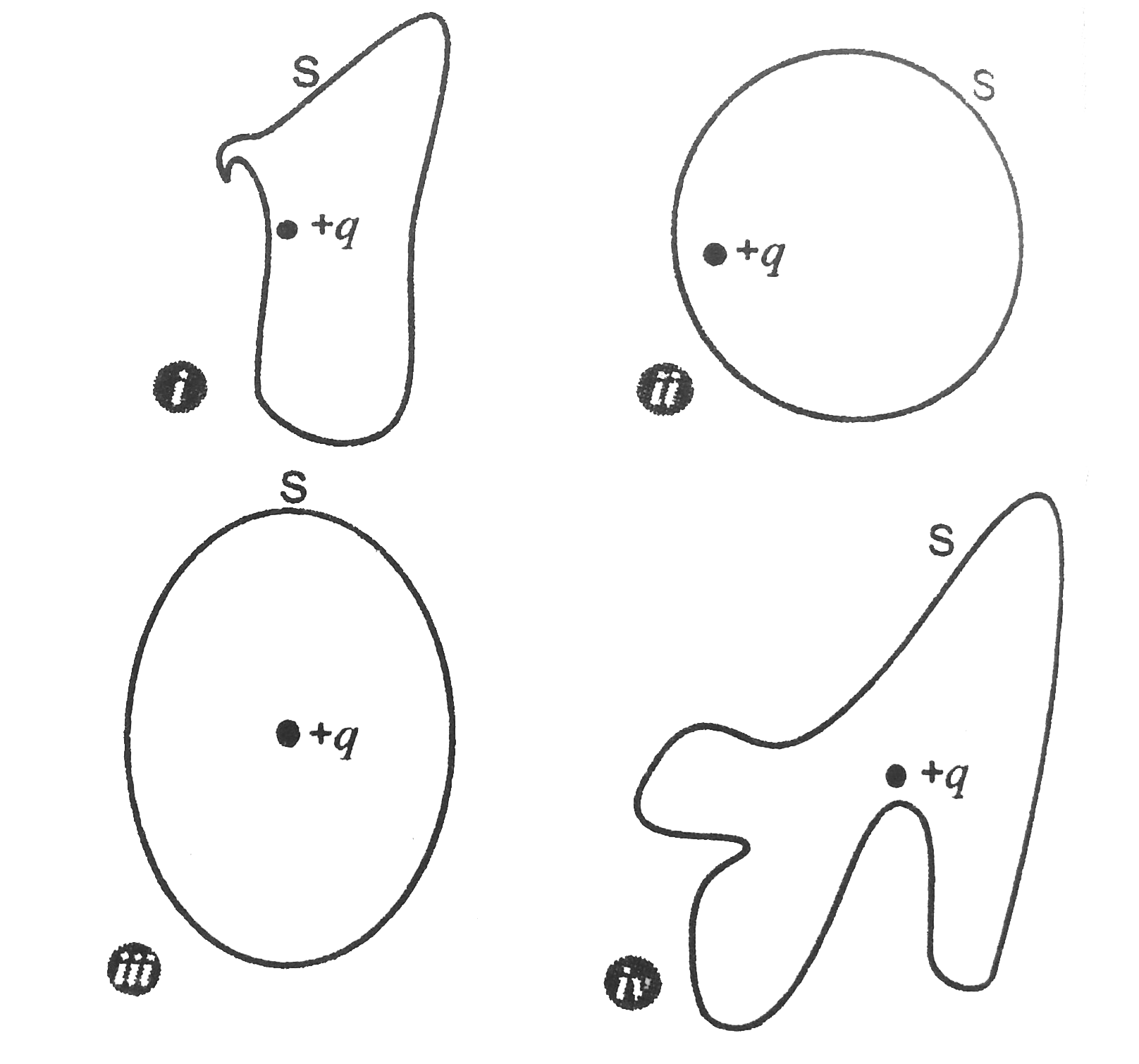The study of discharge of electricity through gases led to the discovery of
Structure of the atom
Nucleus
Spectral lines
Electron
The correct Answer is:D
Step-by-Step Solution:
1. Understanding the Experiment: The question refers to the experiments conducted on the discharge of electricity through gases. This involves using a discharge tube, which is a sealed glass tube containing a gas at low pressure.
2. Identifying the Key Experiment: The first significant experiment in this area was conducted by William Crookes. He used a cathode ray tube (CRT) to explore the behavior of electric currents in gases.
3. Setting Up the Discharge Tube: In Crookes' experiment, he placed two electrodes (a cathode and an anode) inside the tube and applied a high voltage across them. This setup allowed electricity to flow through the gas, causing it to emit light.
4. Observing the Results: When the high voltage was applied, a stream of particles was observed moving from the cathode to the anode. This stream was later identified as a beam of negatively charged particles.
5. Further Research by J.J. Thomson: Building on Crookes' work, J.J. Thomson conducted further experiments and concluded that these particles were much smaller than atoms and carried a negative charge. He named them "electrons."
6. Conclusion: Therefore, the study of the discharge of electricity through gases ultimately led to the discovery of electrons.
Final Answer: The study of discharge of electricity through gases led to the discovery of electrons.
---
Similar Questions
Knowledge Check
Electricity can flow through :
AwoodBrubberCplasticDcopper wireStatement -1 : Large angle scattering of alpha particles led to the discovery of atomic nucleus.
Statement -2 : Entire positive charge of atom is concentrated in the central core.Aif both assertion and reason are true and reason is the correct explanation of assertion.Bif both assertion and reason are true but reason is not the correct explanation of assertion.Cif assertion is true but reason is false.Dif both assertion and reason are false.Foolish seedling' disease of rice led to the discovery of
Aabscisic acidB2-4DCIAADGA
Describe the experiment which led to the discovery of the proton.
View SolutionFoolish Seedling disease of rice led to the discovery of
View SolutionIf the flux of the electric field through a closed surface is zero,
View SolutionThe conduction of electricity through the electrolyte solution is due to
View SolutionThe electric flux through the surface

View Solution
